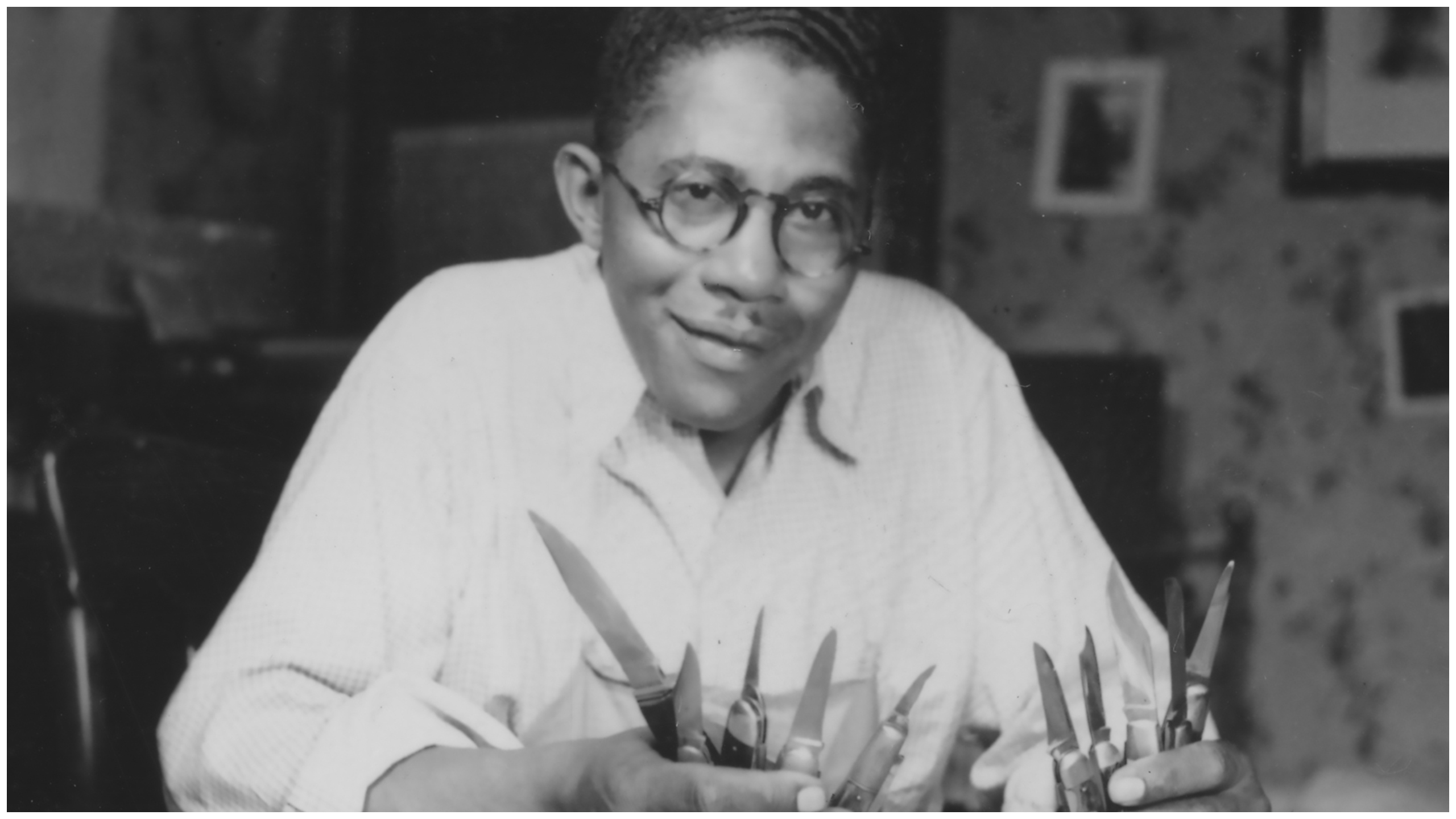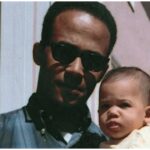Self-Taught Sculptor Gains National Recognition
Leslie Garland Bolling (1898-1955) was a self-taught wood sculptor from Richmond, Virginia who rose to fame in the 1930s and 1940s. Using simple tools, Bolling carved expressive figures from poplar wood, often depicting African Americans engaged in daily work and leisure.
Bolling’s natural talent caught the eye of critics, curators, and patrons nationwide. In 1933, he won a prestigious award from the Harmon Foundation supporting Black artists. The next year, his solo exhibition in Richmond marked the first time a Black Virginian artist received a one-man show.
Celebrated “Days of the Week” Series Captures Black Lives
Among Bolling’s most renowned works was his “Days of the Week” series tracing activities across a typical week for African Americans in 1930’s Richmond. As one reviewer noted, the vignettes likely represented domestic laborers’ routines.
Bolling captured the community’s spirit through scenes like “Aunt Monday” scrubbing laundry, “Sister Tuesday” ironing, and finally “Parson on Sunday” preaching from his pulpit.
Breaking Barriers for Black Artists in Segregated South
At a time when Jim Crow laws still relegated Black artists to the margins, Bolling’s success was groundbreaking. In 1935, famed painter Thomas Hart Benton endorsed Bolling for a Guggenheim Fellowship. New York’s William D. Cox Gallery later hosted a solo exhibition for Bolling in 1937.
Bolling also rallied support to establish Richmond’s Craig House Art Center in 1938 as a workshop and exhibition space for Black artists. Though art remained Bolling’s side passion, his accomplishments opened doors for the next generation. Over 80 of his known works are now in prestigious museum collections.
Through talent and determination, Leslie Garland Bolling carved out a place for Black artists in a segregated art world.





